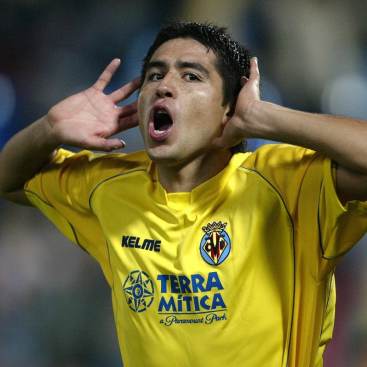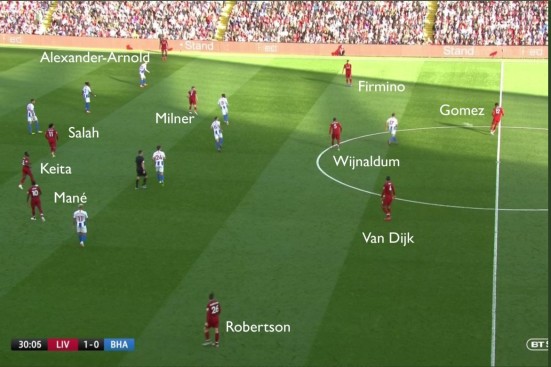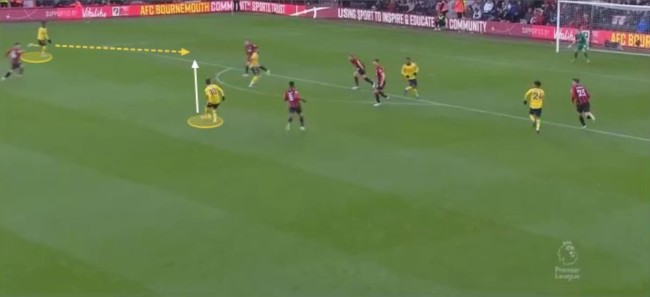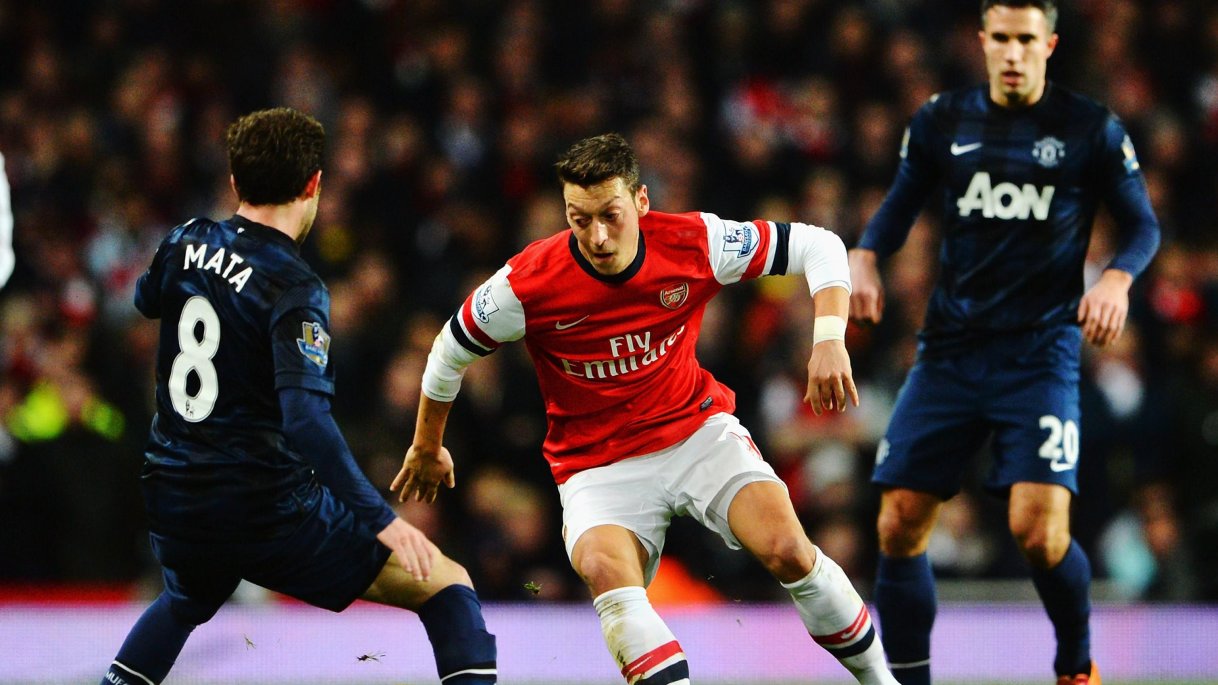The death of number 10 role in modern football
Over time, it’s been evident that football has evolved more and the traditional number 10 role has faded out of the modern game.
The trequartista (three-quarters role) was given to the most creative of players; gifted and adept at picking a through ball forming the crux of an attack.
Deco at Porto, Juan Riquelme at Villareal and Mesut Özil at Arsenal(under Wenger) are prime examples of the number 10 enhancing the attackers playing in front of them. These players were allowed to roam freely and create, the best role for a number 10.

Modern football and their new formations rely on playing box-to-box midfielders, who move up and down the whole pitch for the 90 minutes, with high work rate and stamina.
The subtleties and laziness of a number 10 are no longer a luxury modern teams can afford. Managers like Conte, Klopp, Guardiola and Mourinho focus a lot on positioning in the match and pressing off the ball and less on the freedom of the player.
Coaches prefer the brute strength of a number eight, who can attack and defend as well when required. Strikers are now told to drop back and get involved in build-up play by coaches, an outstanding example being Roberto Firmino of Liverpool.
Sergio Aguero has also tried to morph into an involved striker under Guardiola's management, though he does not drop as deep as Firmino.

These days, the number 10 is a position that becomes useful in the latter stages of the match. The number 10 can slide into pockets of half-spaces between the midfield and the defence while the midfield is slow to track back in the latter part of the match.
But in a full 90-minute game, these players are deemed a burden to the team, and many claim that they cannot suit into the high energy modern football. In the last minutes, advantage can be taken of the exhausted players to create opportunities in attack.

This is the reason that players like Özil, Mata, Isco and James Rodriguez, all brilliant number 10s are not fancied in their teams. They are players that rely on playing just behind the striker and wingers and feeding them in advanced positions on the pitch.
But, they are reluctant to defend and track back. Many of them have tried to adapt, but they have hardly been successful in the unnatural role they are repeatedly asked to conform to.
James Rodriguez has been repeatedly left out of the team along with Isco and Fede Valverde has been preferred because of his penetration and defensive work rate. Mata has also been playing the role of impact substitute for Manchester United whilst Arsenal are struggling to find stability while starting Özil.
Football certainly looks pale without the flamboyance and creativity of these players. We can only hope that the era of the number 10 comes back, but it seems like the number 10 role is a thing of the past since the modern game demands energy and work rate more than anything.
Featured Image credit: (90min)


.png)


Leave a Reply